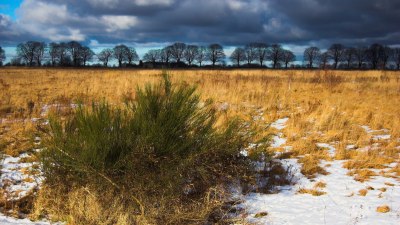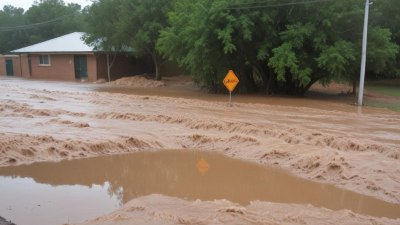Why You Can Stand in the Middle of Africa and Still See Snow
Discover the surprising phenomena of snow in Africa's central regions, exploring geography and climate influences.

Image by bedneyimages on Freepik
When one thinks of Africa, images of vast deserts, savanna wildlife, and tropical beaches often come to mind. However, what might surprise many is that Africa, the second-largest continent, is not just a land of heat and sunshine. In fact, you can stand in the middle of Africa and still see snow. This article will delve into how, despite its reputation for being predominantly hot, Africa features snow-capped mountains and chilly climates in certain regions.
The Geography of Africa
Africa is a continent marked by diverse geography. From the Sahara Desert in the north to the lush rainforests of the Congo Basin, it presents a wide array of ecosystems. The continent's geography plays a vital role in influencing its climate and weather patterns. One of the most striking geographical features in Africa is its mountain ranges, particularly the Atlas Mountains in North Africa and the Rwandan and Ethiopian highlands. Yet, perhaps the most notable for this discussion is Mount Kilimanjaro, located in Tanzania.
Mount Kilimanjaro: Africa's Roof
Mount Kilimanjaro is famously known as Africa's highest peak, standing at an impressive 5,895 meters (19,341 feet) above sea level. This dormant stratovolcano is located near the equator, yet its summit is often covered in snow and ice. How can this be? The answer lies in altitude. Kilimanjaro rises dramatically from the surrounding plains, creating a microclimate at its summit. As one ascends the mountain, the temperature decreases, leading to colder conditions at higher elevations. Therefore, even though Kilimanjaro is situated in a tropical region, the extreme elevation allows for the presence of glacial and snow cover.
Other Snow-Capped Peaks in Africa
Kilimanjaro is not alone in its snow-capped grandeur. Another notable mountain is Mount Kenya, which stands at 5,199 meters (17,057 feet). Located just south of the equator, Mount Kenya also features glaciers and snow at its summit, contributing to its diverse ecosystems and rich biodiversity. The snow on Mount Kenya, like Kilimanjaro, is maintained by altitude-related cooling and weather patterns unique to high-altitude environments.
The Role of Climate
Climate varies significantly across Africa. The continent experiences diverse weather patterns due to its vast size and varied geography. Generally, Africa is divided into tropical, arid, and temperate climate zones. Tropical regions are typically warm, supporting lush vegetation, while arid areas, like the Sahara, experience extreme heat and minimal precipitation. However, the temperate climate zones found in elevated areas such as mountain ranges can create conditions that allow for snowfall.
The Influence of Elevation
The concept of altitude and its impact on climate is crucial in understanding why snow can be found in a continent known for its heat. As a general rule, temperatures drop by about 6.5 degrees Celsius for every kilometer ascended above sea level. Thus, high mountain regions above 3,000 meters tend to experience cold temperatures conducive to snowfall, regardless of their equatorial location. This phenomenon is evident in both Kilimanjaro and Mount Kenya.
Glaciers in Africa
Another aspect of this intriguing narrative is the presence of glaciers on these majestic peaks. Glaciers collect and store vast amounts of freshwater ice. They are vital in regulating local climates and can support ecosystems at lower altitudes. Kilimanjaro's glaciers have been in decline due to climate change and rising temperatures, but they previously served as a significant indicator of environmental changes in the region.
Climate Change Implications
Climate change has severe implications for the snow-covered peaks in Africa. Rising global temperatures contribute to the melting of glaciers, which can lead to water shortages for local communities that depend on glacial runoff. As these icy giants continue to shrink, the biodiversity surrounding them also faces threats. Moreover, these changes in climate patterns can result in unpredictable weather, impacting agriculture and food security across the continent.
Snow in the Atacama Desert
Surprisingly, even deserts can experience snowfall under certain circumstances. The Atacama Desert, one of the driest places on Earth, sees occasional snow due to its high altitude. In Africa, regions like the Drakensberg Mountains in South Africa can also receive snowfall during the winter months, showcasing that even in hot climates, weather can surprisingly turn cold.
In summary, standing in the middle of Africa and witnessing snow is not as fantastical as one might think. Through understanding the continent's geography, the influence of elevation on temperature, and the effects of climate change, we gain insight into how snow persists in specific regions despite local climatic norms. As climate patterns evolve, the presence of snow in Africa may continue to become a subject of study, exemplifying the complex relationship between geography, climate, and environmental change.











